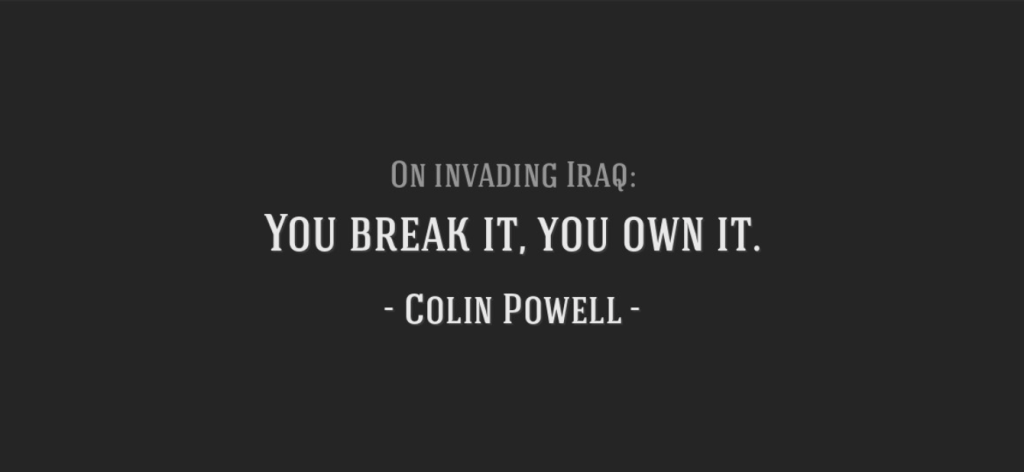
In our column last week, we discussed how tensions in the Middle East escalated as a result of Israel’s decision to strike Iran, which was – according to Israeli intelligence – on the verge of being able to assemble a nuclear bomb. Strikes against nuclear sites and national security-related targets continue as of the time of writing this, as the US conducted its first operation on the three nuclear sites of Natanz, Fordow and Isfahan. Iran has responded by firing ballistic missiles against Israel, and while the majority of them have been intercepted by the “Iron Dome,” some have hit civilian and military targets. He has now vowed “everlasting consequences” on the US for its strike.
Last week we asked a series of questions, including: 1) What’s the ultimate goal of this campaign? and 2) Will the US become involved in the conflict? The answer to the first question is ambiguous. The declared goal is to annihilate Iran’s nuclear program, but the consequence (whether intended or not) may be the fall of the Islamic Republic. In fact, regime change would be the obvious consequence of the elimination of Supreme Leader Khamenei. If the regime were to remain in place after the death of Khamenei, a much more radicalised Supreme Leader would likely be chosen. So, the decision to “take him out” (as Trump put it) would be massively consequential.
This explains the difficulty in fully answering the second question, about the US involvement in the conflict? True, the US has deployed the GBU-57 series MOP (Massive Ordnance Penetrator), a 13,600 kg class precision-guided “bunker buster” bomb, over the three aforementioned nuclear sites. Trump says it’s now time for peace, but now that American bombs have been dropped on Iranian soil, the US is officially involved, not just in “finishing the job” but also in the aftermath of doing so: “You break it, you own it” says the Pottery Barn rule, which apparently was used by Colin Powell at the time of the 2003 US invasion.
If the Iranian regime were to collapse as a result of the US involvement in the war, then the US would be involved, once again, in a “nation building” exercise in the Middle East, exactly what Trump explicitly ruled out during his recent trip in the region (which was the first of his second term). More importantly, Trump has long campaigned on an “America First” program that mobilised the MAGA base, a key component of which was to abandon the “forever wars” in the Middle East of the past US administrations (and chiefly theRepublican ones from “Desert Storm” of President Bush Sr. to “Shock and Awe” of President Bush Jr.).
For this reason, while traditional Republican hawks such as Lindsey Graham have pushed for a US intervention in Iran, MAGA leaders such as Steve Bannon and Marjorie Taylor Greene have expressed scepticism, suggesting that the MAGA base and the US would be torn by this decision. Trump initially said that he would take two weeks to decide, which was also a window of time for the Iranian regime to go back to the negotiating table on the “nuclear deal.” But after Sunday morning’s bombings, all bets are off. Clearly Trump has been tempted to militarily intervene in Iran, hoping for a rapid conclusion of the war. But history is full of examples of wars that were supposed to be concluded in days, and got protracted for years, from Hitler’s “Blitzkriegs” to Putin’s “Operation Z” in Ukraine.